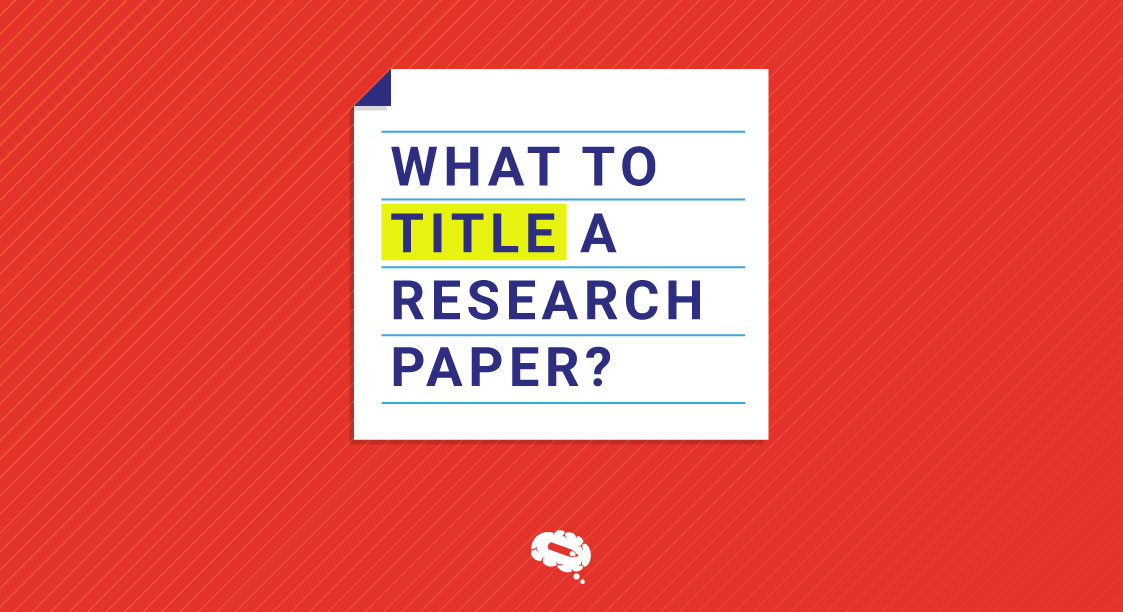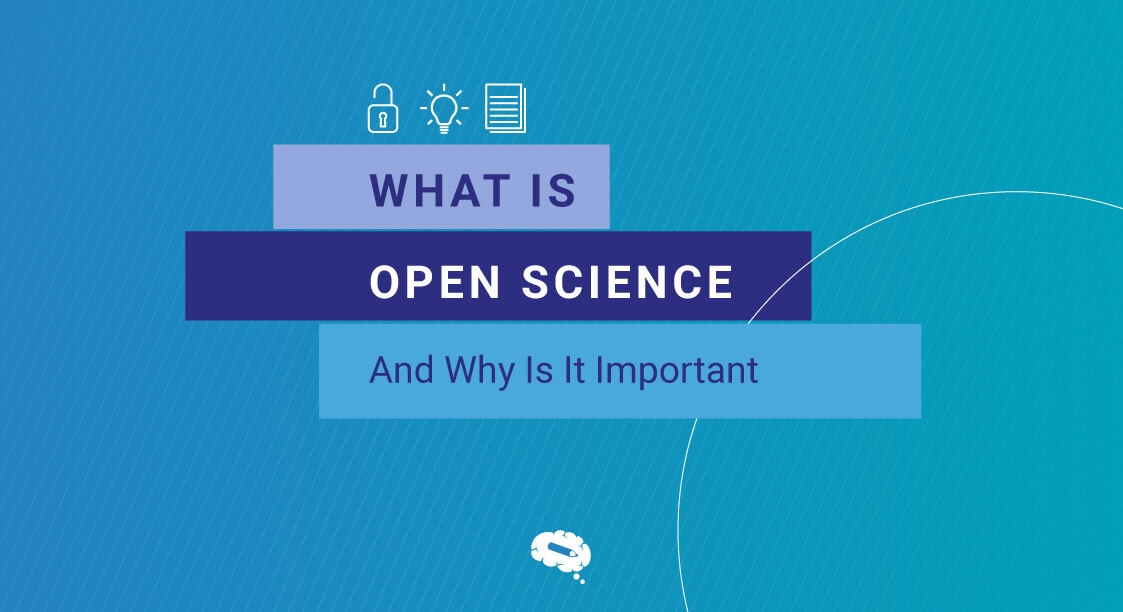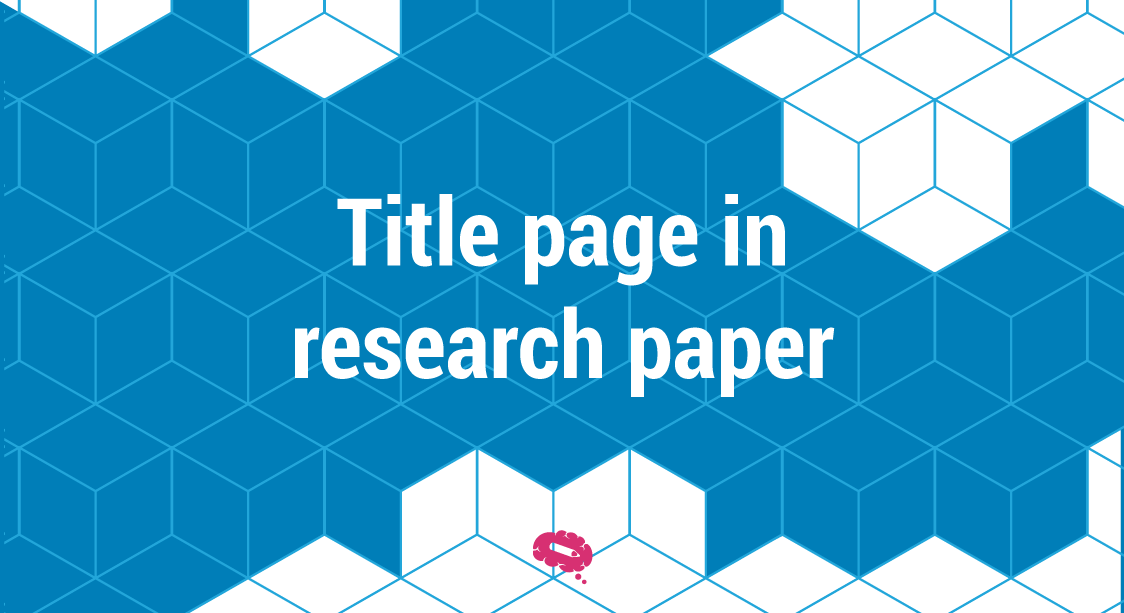Researchers believe that the body of a research paper is the most terrifying thing they have to accomplish. While this is not entirely incorrect, it is also not accurate; choosing what to title a research paper might be even more difficult than conducting the research.
The title is without a doubt the element of a research paper that is read the most, and it is typically read first, you must put your heart and soul into finding the ideal title, one that will make your research stand out and become more attractive to the right audience.
The importance of titles in research paper
The title of your paper is often the first thing people see about your work. As a result, you must choose a title that catches people’s attention, correctly explains the contents of your paper, and entices them to read on.
An active scientist browsing a list of new research papers is improbable to go beyond the title to get the entire text of most of those. The title represents the most important message of the research for the vast majority of readers. This is why titles must be brief, precise, and objective in their presentation of the results. When people opt to read the complete content of a paper, it is usually because the title piqued their attention.
Characteristics of an effective research title
Before getting into how and what to title a research paper, it is crucial to understand that certain criteria must be satisfied to inquire about an effective title.
Making a good title for a paper entails ensuring that the research title accomplishes the following goals:
- It should foreshadow the research paper’s content.
- The reader should find it captivating.
- Be consistent with the tone of the writing.
- Include vital keywords that will help it to be found during a keyword search.
Steps on how to choose a title
This Mind The Graph article has broken down the title writing process into 5 simple steps to make it as easy as possible.
Step 1 – Address the queries
Make certain that you address some crucial research paper queries in your title. What is the purpose of your paper and what does it achieve? Try responding to these questions as succinctly as possible.
- What is the main subject of my paper?
- What’s the method being applied?
- What or who was the focus of my research?
- What were my findings?
Step 2 – Select keywords
Select important keywords and sentences from the answers you got in the previous step. It is critical to identify the most relevant keywords or phrases about your subject of study that your target audience may effortlessly discover.
Step 3 – Create a sentence
Use the keywords you discovered to create a relevant sentence that says everything that you need to say about your research. This sentence is most likely to be too long and will need some refinement.
Step 4 – Work your title
Based on the sentence you created, establish a working title for your research article. Remove any components that make it a whole sentence, but keep everything pertinent to the subject. Change some words around for appropriate syntax and rewrite them to make them shorter and more natural.
Step 5 – Remove the excess
Remove unnecessary terms and phrases from the research title. The subject and objectives of the research are instantly apparent in this final state of the title. It is worth noting that the most significant words appear at the start and end of the title. To summarize, you should have a sentence of 10 to 15 words at this point.
Mistakes to avoid while choosing a title
Now that you know how and what to title a research paper, it’s time to learn to avoid some common blunders.
- Avoid abbreviating words.
- Include no terms such as “research of,” “analysis of,” or anything else of the kind.
- An exclamation mark should not be used. A title, on the other hand, can take the form of a question.
- Avoid using broad titles.
- In the title, no filler words should be utilized. Follow the five steps to eliminate as many superfluous words as possible.
- The title does not comply with the journal’s guidelines. If you want to publish your research, ensure your title meets all of the journal’s requirements.
Attract readers attention with effective graphical abstracts
Aside from the title, you can always include some eye-catching graphic elements to get the attention of your target audience.
Research articles containing Graphical Abstracts have 15x times higher citations than those that haven’t as per CACTUS analysis for articles published in the American Academy of Neurology. Learn about the Mind The Graph tool to maximize the impact of your study on the scientific community.

Subscribe to our newsletter
Exclusive high quality content about effective visual
communication in science.




